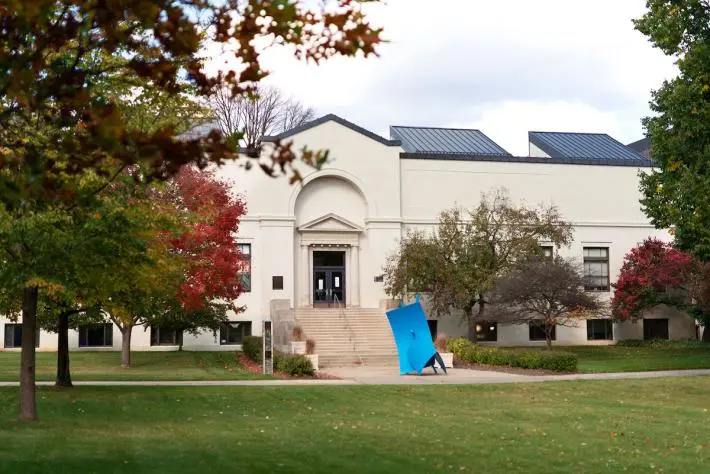Craftsmanship schools offer a special and rich climate where understudies can extend their innovative muscles, try different things with groundbreaking thoughts, and improve their creative skills.
Craftsmen draw in with the world in a bunch of ways and the imaginative abilities expected to do so should be learned in a climate that is helpful for imagination. Craftsmanship schools give such a spot to specialists simply entering the workmanship world.
What Is an Art School?
A basic, straightforward solution to this question would be "where understudies find out about and practice craftsmanship." By this overall definition, however, pretty much every school would qualify, since pretty much every school with any misrepresentation of training offers workmanship classes.
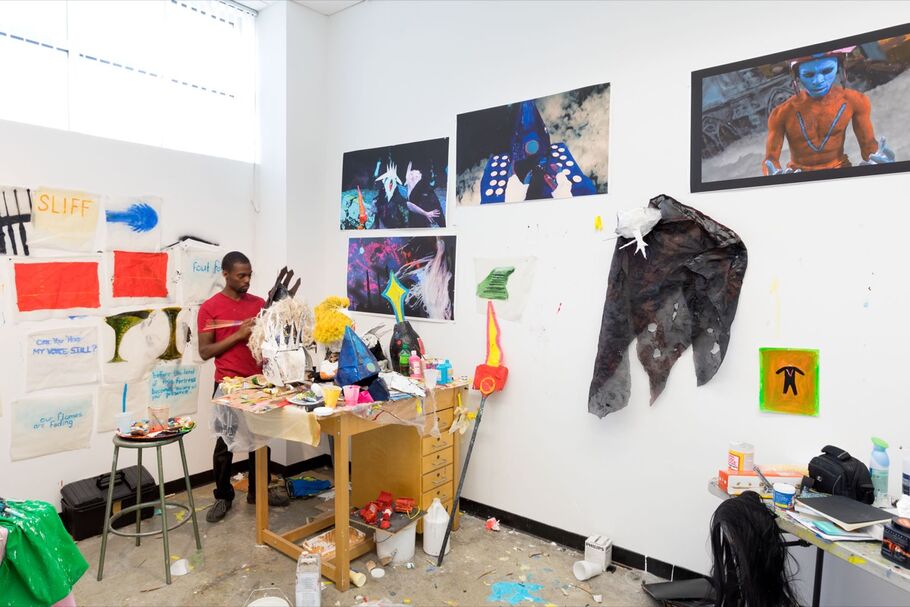
It very well may be more valuable, then, at that point, to say that "workmanship schools" are foundations of advanced education in which understudies center around dominating a particular discipline inside the visual expressions, like composition or model.
Workmanship schools offer an additional involved way to deal with instructing and learning… an experiential methodology, while the customary school or college is more hypothesis based and address centered.
Workmanship schools flourish with connection; they're not for the thoughtful craftsman who needs to confine themselves from other similar society and make in a vacuum.
In the event that you treat in a serious way that workmanship and creative undertakings are cooperative, and connection is crucial for the cycle, then, at that point, it's straightforward why a craftsmanship school is a superior fit for the people who need to concentrate on compelling artwork.
Why Art School?
While going to a workmanship school, you will actually want to take classes and focus on a particular field of craftsmanship that most interests you. Maybe the clearest contrast between a craftsmanship school and a customary four-year school is that you will zero in principally on a creative discipline and get engaged training in human expression.
While a conventional school will give a lot more extensive instruction, with courses in human expressions being a more modest piece of the experience.

Craftsmanship schools are a superb decision for the individuals who need to zero in exclusively on their creative profession and not weaken their concentration with the prerequisites of a more conventional school or college.
This permits possibilities to zero in their experience on dominating creative strategies and abilities and, maybe more critically, organizing with their educators and different understudies in the field. This cooperation is one of the essential reasons that understudies with serious goals in human expressions are attracted to workmanship schools.
1. Rhode Island School of Design (RISD)

The Rhode Island School of Plan (RISD) is a private, four-year school situated in the state's capital, Provision.
2. School of the Art Institute of Chicago (SAIC)
School of the Craftsmanship Foundation of Chicago (SAIC) is a confidential organization that was established in 1866. For more than 150 years, it has been a forerunner in workmanship schooling; preparing the world's most persuasive specialists, originators, and researchers.
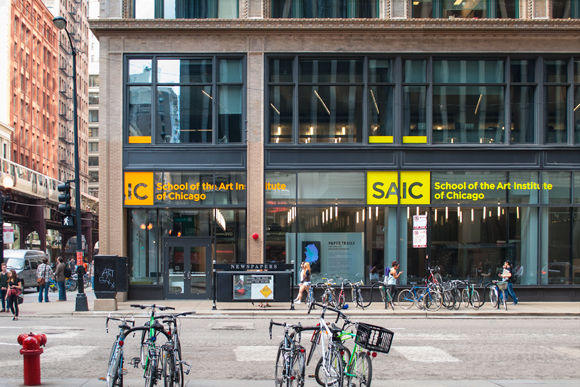
Situated in midtown Chicago, a huge and clamoring city with a famous expressions scene and various imaginative local area, SAIC offers degree programs at the undergrad and graduate levels in different innovative disciplines, including expressive arts, plan, composing, and execution.
3. California Institute of the Arts (CalArts)
Cal Expressions is a confidential craftsmanship school in Valencia, California, that was laid out in 1961 by Walt Disney by consolidating the Chouinard Workmanship Foundation and the Los Angeles Studio of Music. It turned into the principal advanced education establishment that consolidated visual and performing expressions.
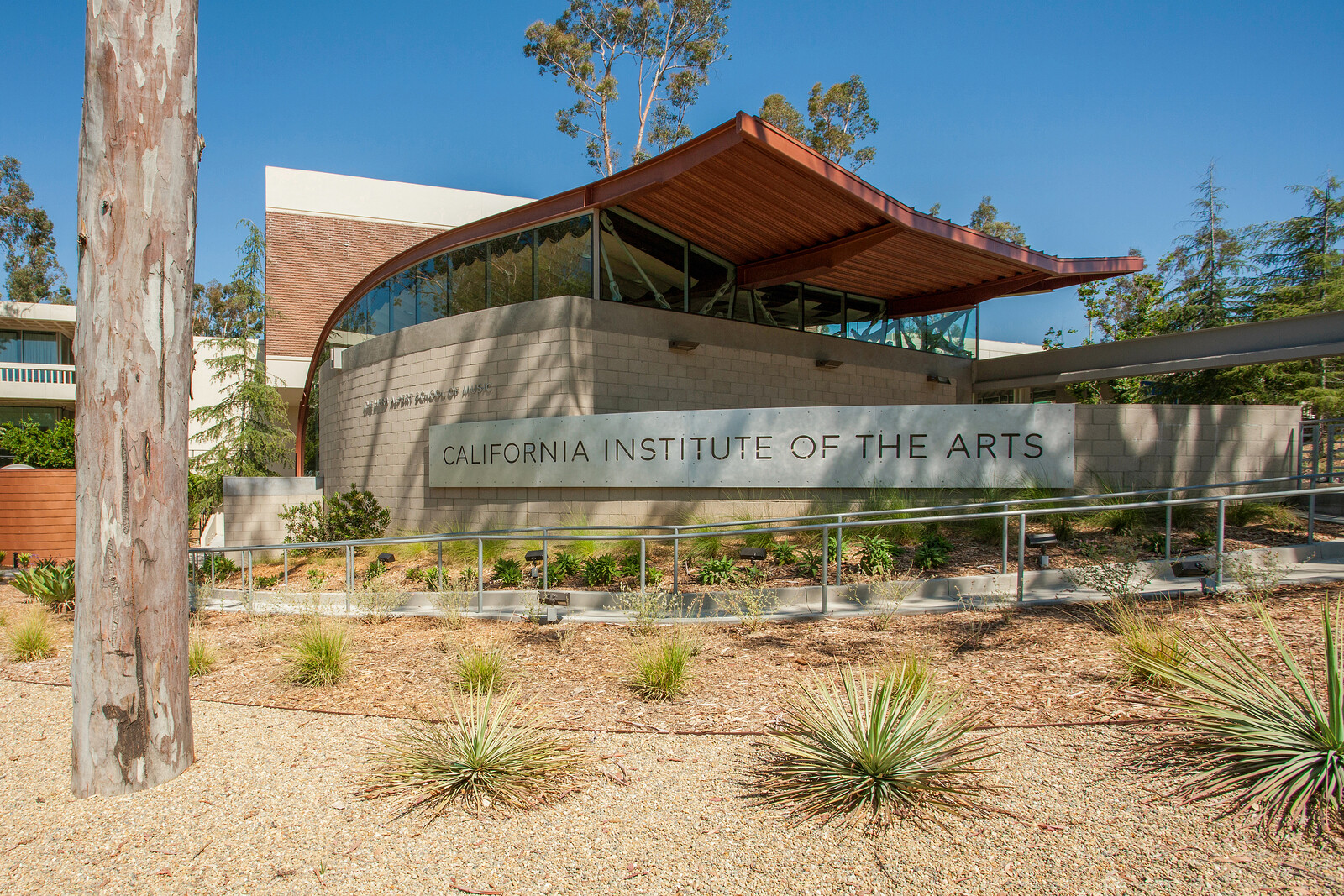
Offering a scope of undergrad and advanced education programs through six schools Workmanship, Basic Examinations, Dance, Film/Video, Music, and Theater CalArts has supported imaginative greatness, basic reflection, and the improvement of new structures and articulations.
Admission to CalArts is serious and thought about chiefly based on exhibited imaginative legitimacy, as surveyed by the staff of the singular projects. Situated in Valencia, north of Los Angeles, CalArts further stretches out its obligation to artistic expressions through the Roy and Edna Disney/CalArts Theater (REDCAT) in midtown L.A. also, the broadly imitated Local area Expressions Organization (CAP) youth expressions program.
4.Yale University School of Art
The School of Craftsmanship at Elite level Yale College was established in 1860s, and was the primary workmanship school associated with an organization of higher learning in the US.
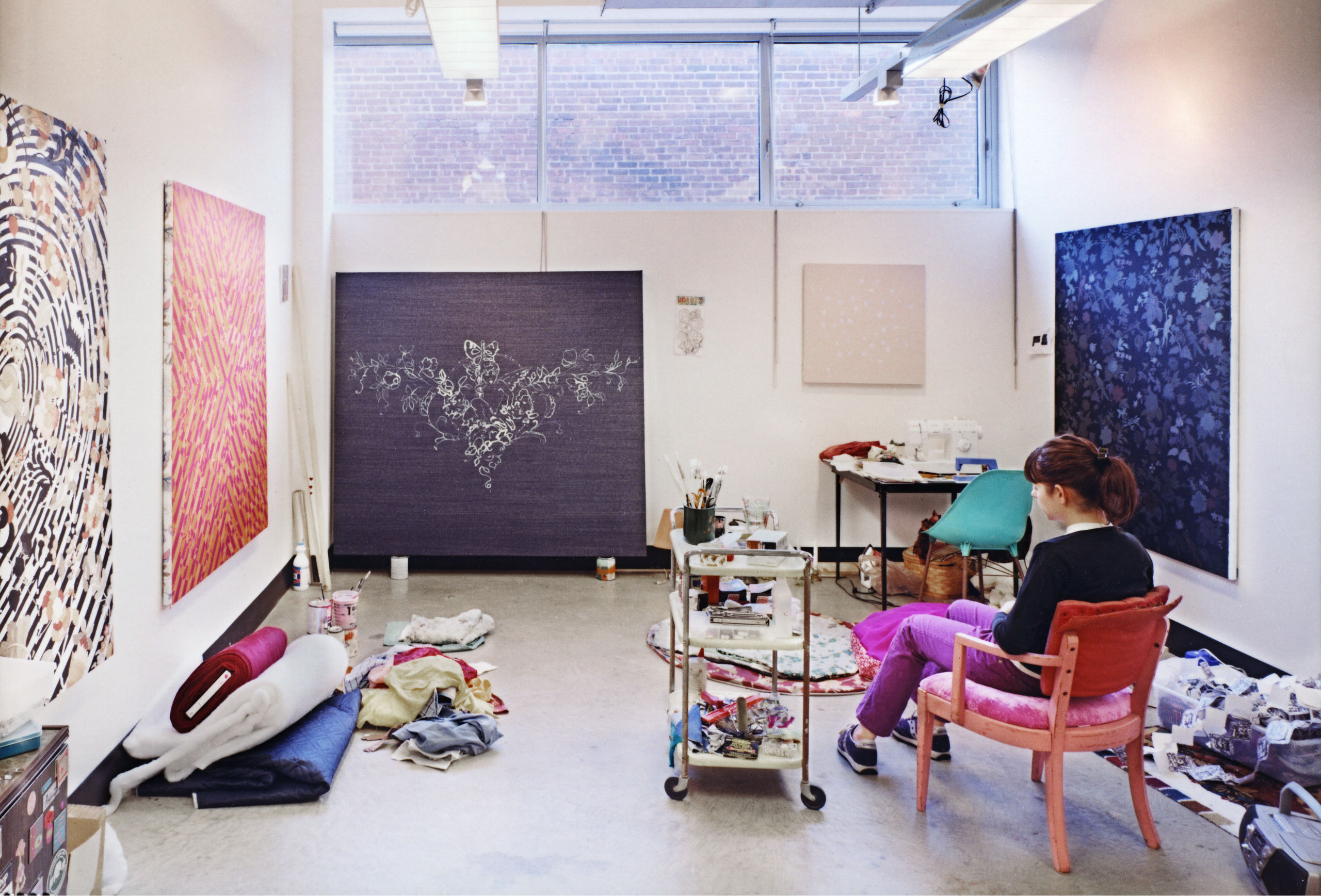
Yale School of Workmanship awards Bosses of Expressive arts certifications to understudies finishing a two-year course in visual depiction, painting/printmaking, photography, or figure. It additionally offers an undergrad craftsmanship certification (four year college education) for understudies in Yale School.
5.Maryland Institute College of Art (MICA)
Maryland Establishment School of Workmanship (MICA) is a confidential craftsmanship and plan college in Baltimore, Maryland that was established in 1826. It is the most seasoned persistently degree-giving school of workmanship in the US.
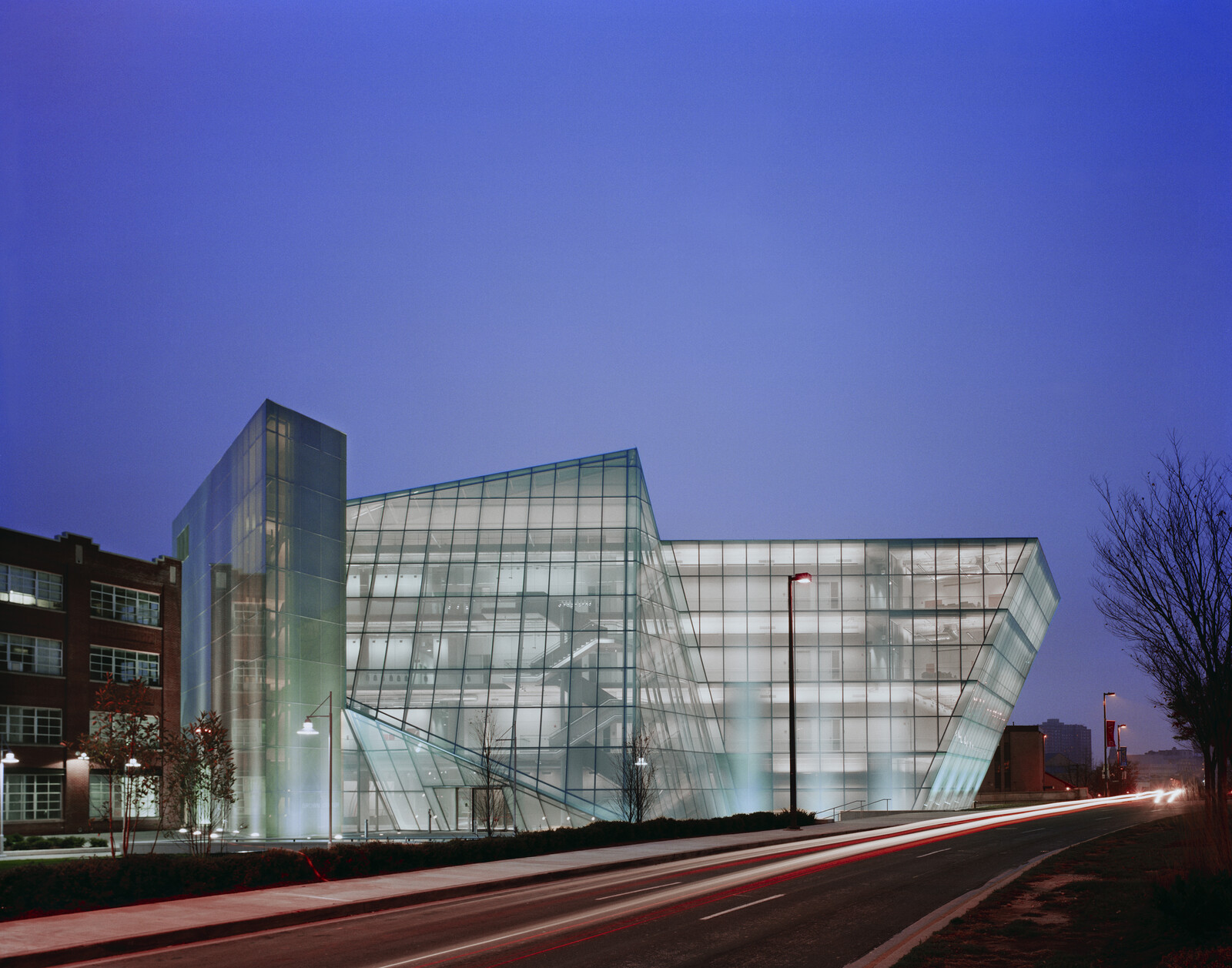
MICA gives undergrad and advanced education programs in different imaginative fields, including plan, schooling, and expressive arts. It is perceived for its multidisciplinary instructive way of thinking, and the need put on local area association, and devotion to variety and comprehensiveness.
6. Pratt Institute

Laid out in 1887, The Pratt Organization is situated in New York, a city which offers understudies a wide range of extraordinary temporary job valuable open doors and associations with the workmanship world.





